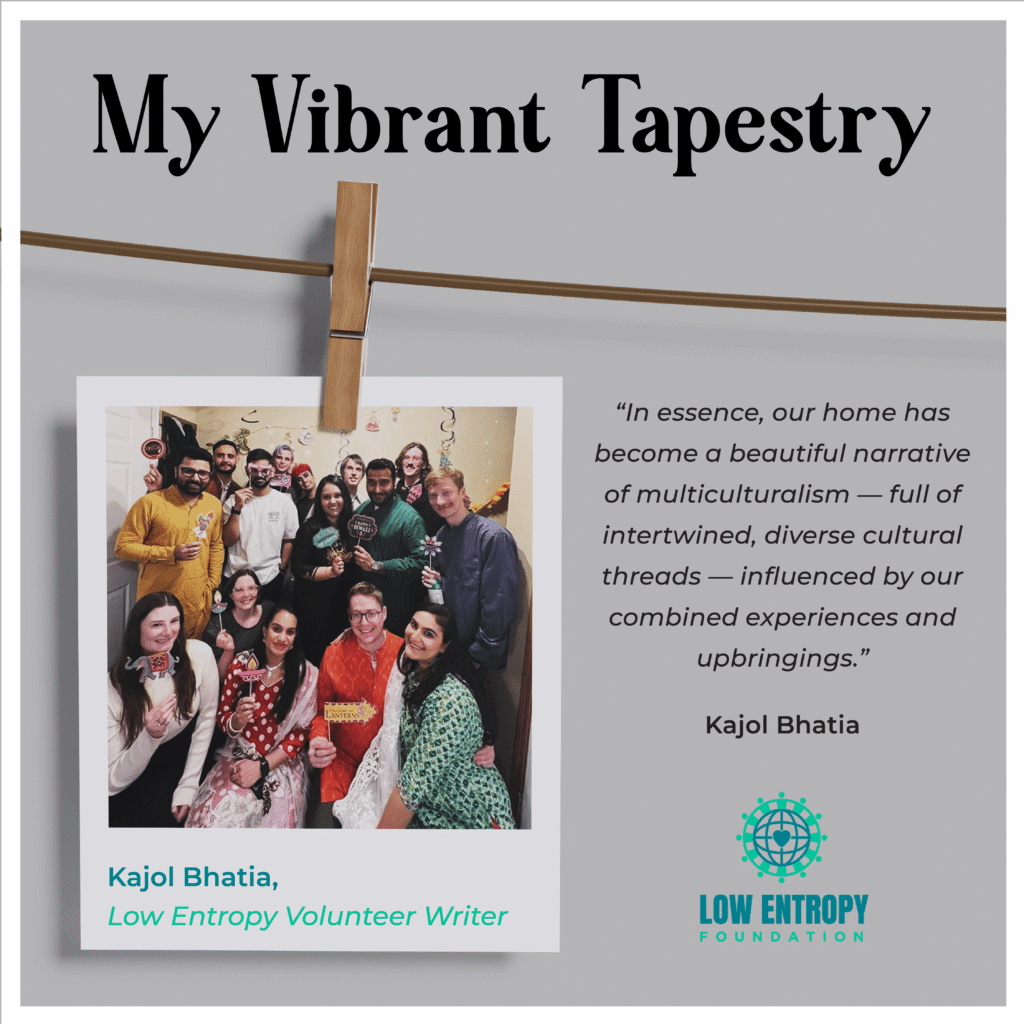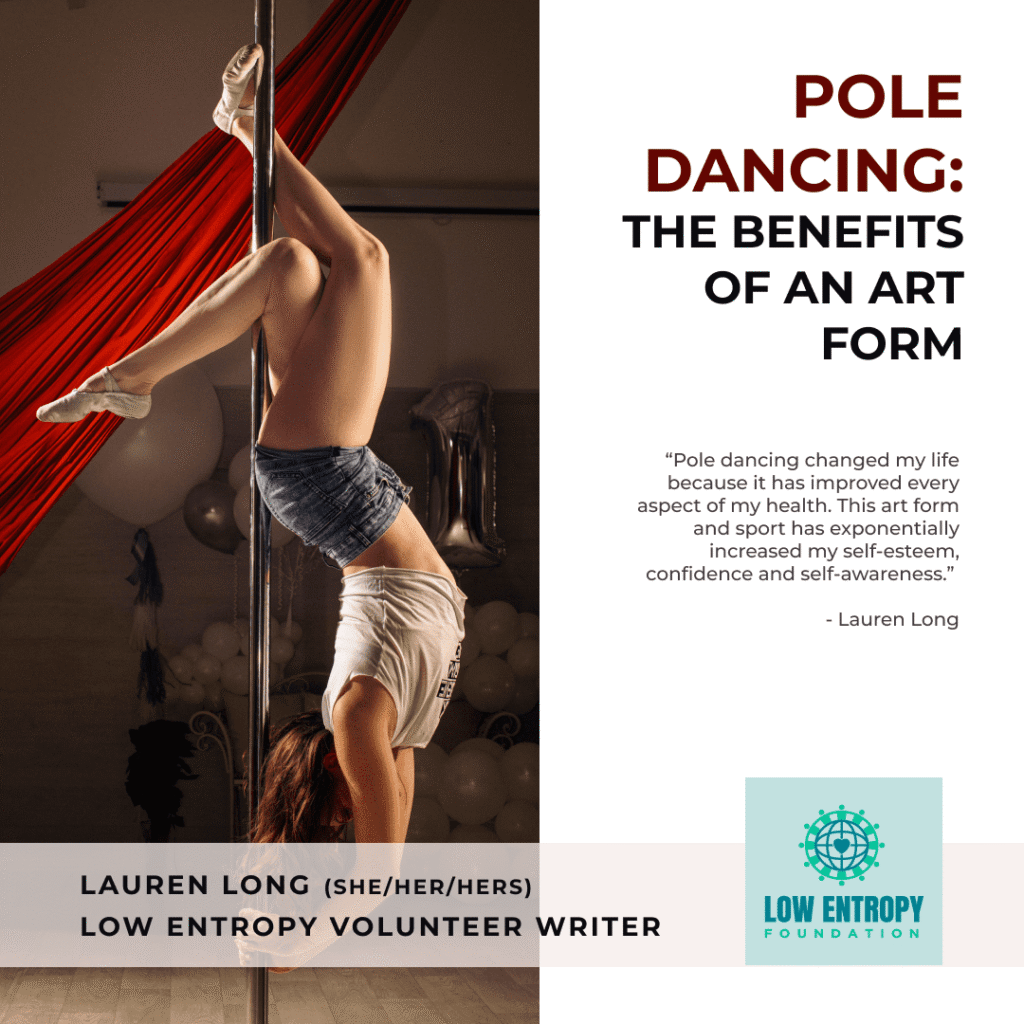My Vibrant Tapestry

Kajol Bhatia, Low Entropy Volunteer Writer Traditions, food and togetherness are the words I associate with celebrations—big and small. I’ve often found myself struggling with the intricacies of my own cultural identity, especially growing up as the daughter of expatriates. Nevertheless, the grounding values and sentiments behind these events that were rooted in the fusion […]
How To Master Pre-Test Tension
Lucas Sukutian, Low Entropy Volunteer Writer As the last rays of the sun dip below the horizon, a subtle yet pervasive tension begins to sweep through the dormitories and library halls of universities around the globe. This tension is a harbinger of the impending exam season, a period that brings an air of anticipation and […]
Pole Dancing: The Benefits of an Art Form

Lauren Long (she/her/hers), Low Entropy Volunteer Blog Writer Had I tried to write this piece a few years ago, I likely would have written mumbo jumbo for the first draft before scrapping it and starting again. Just as the tricks and spins I learn and train on the pole take some time to grasp, it […]
